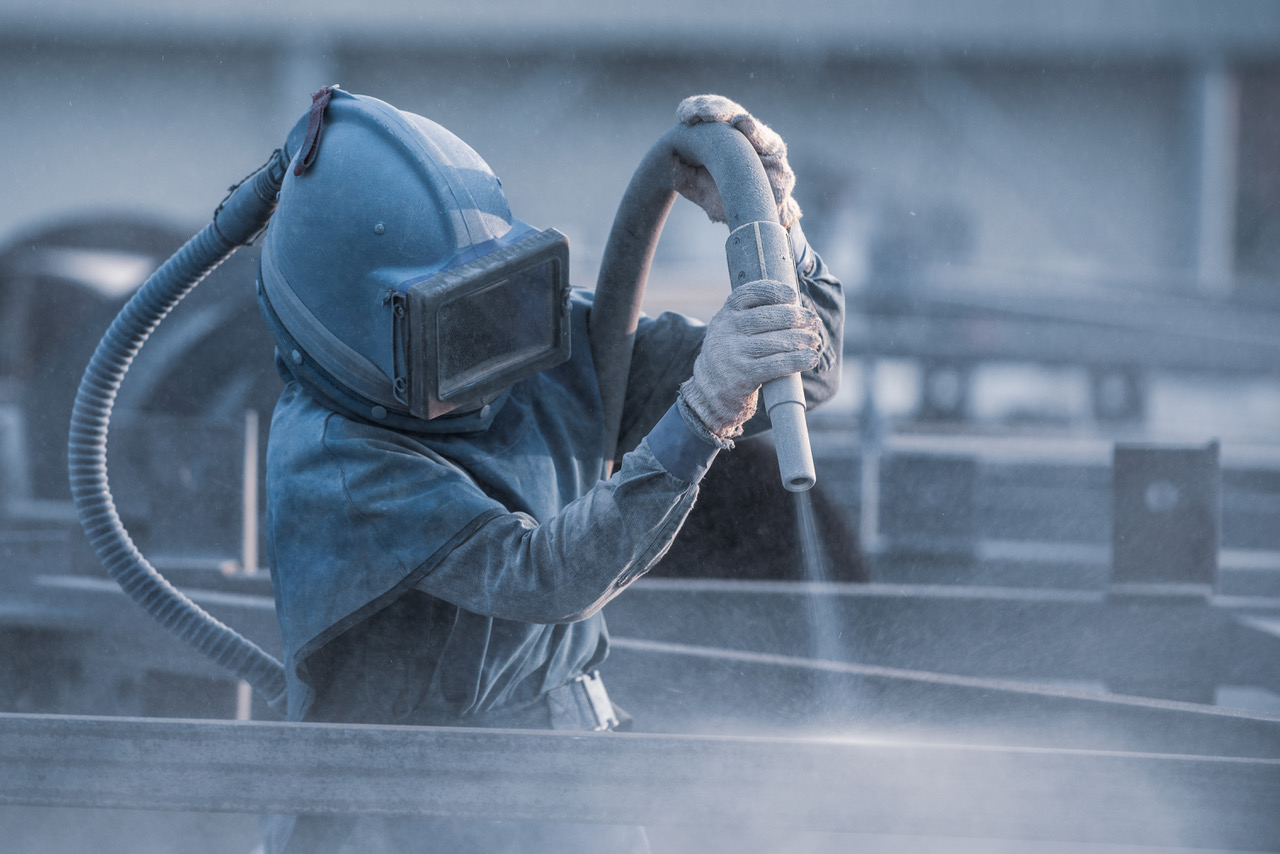How to Repair Concrete

It’s all in the preparation
Concrete repair is often a fundamental requirement and the number 1 way to keep floors or walls strong. Whether you’re dealing with minor patching or applying a protective coating, the advice remains the same: preparation is key. Whether you’re a seasoned professional or a DIY enthusiast, this guide provides everything you need for success in concrete repair.
Imagine building a house without a solid foundation- it quickly becomes a disaster. The same principle applies to concrete repair. Achieving optimal adhesion with repair materials and coatings is reliant on proper substrate preparation. To neglect or skip this step is the same as setting yourself up for failure, with adhesion issues leading to premature or eventual material breakdown.

If mortars fail
If mortars fail, it is often due to a breakdown of cohesion in the substrate near the bond line. Coating failures, on the other hand, appear as localised or widespread debonding, especially when contaminants have been left on the surface. The solution is to carry out effective substrate preparation.
Medium to heavy texturing of the substrate is the secret to ensuring the best adhesion of mortars. While coatings can do without a textured surface, a touch of light texturing enhances their grip and ensures longevity.
Now that we’ve established the importance of preparation, let’s dive into the tools and methods that make it happen:
Open Grit Blasting: This method is the go-to for prepping concrete surfaces before repair and coating work. Adjust the grit grade to achieve the desired texture. Grit blasting also works on steel reinforcement.
Pressure Washing: Ideal for removing surface contaminants or creating a lightly textured surface, pressure washing is a versatile method in concrete repair prep.
Hydro Demolition: Using high water pressure to remove sections of reinforced concrete, a prelude to replacement or modification works.
Concrete Breaking: Breakers can be used for removing concrete before patch repairs. Handle with care to avoid unintended fractures in the remaining concrete.
Scabbling: For surfaces needing more texture than blasting can provide, single-headed or three-headed scabblers can be used for concrete surface preparation or targeted removal in patch repairs.
Needle Gunning: Needle gunning is excellent for localised coating removal or achieving a lighter texture compared to scabbling.

Before applying repair materials
Before applying repair materials, wet the concrete substrate to achieve optimal adhesion. Repair materials should be applied while the slurry primer is still wet or tacky. If your primer goes dry or there are remnants of dried/old primer, be sure to abrade or remove it thoroughly before re-priming.

Following this guidance
Following this guidance will ensure that concrete repair or fixing wall and floor cracks is a simple task, providing longevity and avoiding material breakdown.
Products to make concrete repair a breeze:
Ronacrete Standard Primer
Ronacrete Rapid Primer
RonaBond HB25
RonaBond HB40 & HB40 Ultra Rapid
Ardex A46
Ardex A125
Tilemaster Adhesive Rapid Repair Mortar
Mapei Topcem pronto
For expert advice please contact us on Call: 0330 118 0952
Email: hello@screedgiant.co.uk




